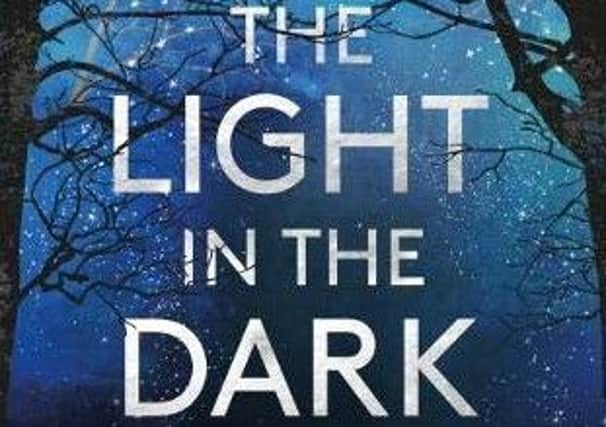Book review: The Light in the Dark, by Horatio Clare


If, as William Davies suggests in his recent book How Feeling Took Over The World, this prioritisation of emotion over cold hard facts makes us all much easier to manipulate by would-be political puppet-masters, it also has its up-sides: people who, in a bygone age, would have felt compelled to keep their emotions bottled up, to the obvious detriment of their mental health, are now free to discuss their problems. This, surely, is progress. Yet there is also a sense that the age of overshare might have given us unrealistic expectations of how much sharing of personal information is acceptable or desirable.
This supremely well-written new book from Horatio Claire is subtitled “A Winter Journal.” In it, the author details his struggles with seasonal affective disorder (SAD) during the particularly cold and dark winter of 2017/18, while at the same time describing the minute changes in the natural world he observes around his home in the north of England, as the light slowly fades and then returns again. As he demonstrated in his last book, Icebreaker - an account of a period spent on board a ship clearing channels through pack ice in the Gulf of Bothnia between Finland and Sweden – Clare is a brilliantly inventive prose stylist, and some of his descriptive writing here is so good it makes you stop and smile and immediately read it again.
Advertisement
Hide AdGiven that the book has the word “journal” in its title, it is reasonable to expect that it will be a personal account, and indeed it is. Clare is searingly honest about his dark mental state – “this loathsome ball of negativity, clamped to my ankle by a chain of self-loathing” – and the impact it has on his young family. Yet for some, his account is evidently not personal enough. According to one critic, the book “sits uneasily between the outdoors and the confessional, with too much of the former and not enough of the latter.” Really? What would have been an acceptable ratio of nature writing to confessional writing? At a rough guess, I’d say the book as it stands is perhaps one third confessional and two-thirds nature writing and, in the view of this critic, at least, that’s just fine.
In his summing-up, having plumbed the depths of midwinter despondency and emerged into the pale light of spring, Clare explains “I have not written down all the rows, the despairs, the heaviness of spirit; no reader could have enjoyed them.” Good for him. Like any non-fiction writer worth his salt, he has looked objectively at his subject – in this case his own mental state – and, rather than jotting down every single thought that pops into his head, he has shown us only those the moments that illustrate most profoundly what he has experienced.
Furthermore, his descriptions of sudden rages and bouts of crushing inertia are all the more arresting because – presumably as in life – they crop up at random throughout the text. One moment, Clare is revelling in the comical antics of his young son, or in the beauty of a snowy winter’s morning, the next he is inventing “dark fantasies of the future.” The power is in the contrasts, and this is a very powerful book indeed. - Roger Cox
The Light in the Dark, by Horatio Clare, Elliott & Thompson, 202pp, £12.99